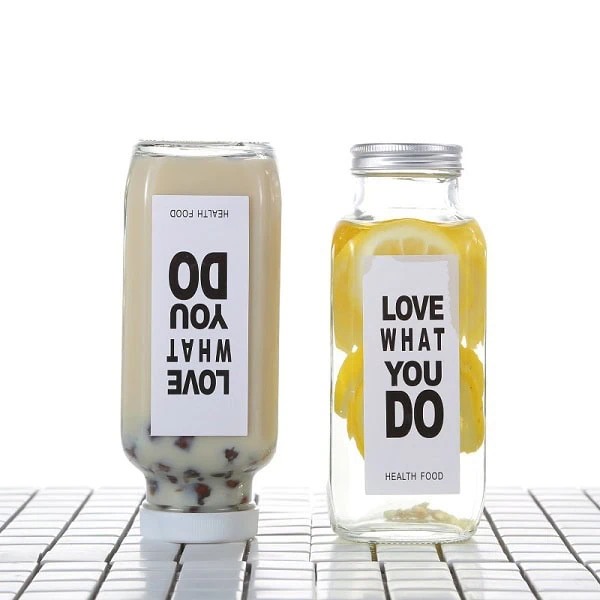As more people look for sustainable and high-quality options for everyday essentials, glass milk bottles are experiencing a comeback. With a reputation for preserving taste, supporting eco-friendly habits, and offering a touch of nostalgia, glass bottles are becoming a favorite for many milk drinkers. However, there are still some misconceptions surrounding their durability, cost, and practicality. In this article, we’ll debunk five common myths about glass milk bottles and explore why they’re a smart choice for those who value quality and sustainability.

Myth 1: Glass Milk Bottles Are Too Fragile
Reality: Glass milk bottles are sturdier than many people think. High-quality glass is made to be durable, and bottles designed for milk storage are especially strong. While glass can break under extreme impact, milk bottles are manufactured to withstand everyday handling, cleaning, and even some temperature changes. In bottle-return systems, these bottles are used and sterilized multiple times, proving their durability. When handled with care, they’re as practical and safe as other containers.
Myth 2: Glass Milk Bottles Are Bad for the Environment
Reality: Glass is one of the most environmentally friendly materials for milk storage. Unlike plastic, which can take hundreds of years to decompose and often ends up polluting ecosystems, glass is fully recyclable and can be reused many times. Furthermore, reusing glass bottles in bottle-return systems reduces the need for new bottles and lowers waste, making them a sustainable option. Glass production and recycling do consume energy, but the environmental impact is often offset by the material’s reusability and durability.
Myth 3: Glass Bottles Are Too Expensive Compared to Plastic
Reality: While the initial cost of glass milk bottles can be higher than plastic, they save money in the long run. Because glass is reusable and durable, it can last for years if properly handled, unlike plastic containers that may need frequent replacement. Bottle-return programs further offset the cost by providing a deposit refund or other incentives, making glass bottles cost-effective over time. In this way, glass bottles are a great investment for both individual consumers and businesses.
Myth 4: Glass Bottles Are Hard to Clean
Reality: Glass is easy to clean and sterilize, making it an ideal material for food and beverage storage. Unlike plastic, which can absorb odors, colors, or flavors, glass is non-porous, so it doesn’t retain residues or bacteria. You can clean glass milk bottles by hand, with a bottle brush and soapy water, or in the dishwasher if they’re dishwasher-safe. Industrial bottle-return systems use high-temperature sterilization, which ensures a thorough and hygienic clean each time the bottle is reused.
Myth 5: Glass Milk Bottles Affect the Taste of Milk
Reality: In fact, glass can help maintain the natural taste of milk better than other materials. Glass is an inert material, meaning it doesn’t react chemically with the milk or absorb any flavors or odors. Unlike plastic, which can sometimes alter the milk’s taste over time, glass preserves the milk’s freshness and natural flavor. Additionally, glass shields the milk from other strong odors in the fridge, keeping the milk tasting clean and pure.
Conclusion
While there are several myths surrounding glass milk bottles, the facts show that they are a safe, cost-effective, durable, and environmentally friendly choice for milk storage. Glass bottles provide a high-quality storage option that preserves the taste of milk while supporting sustainability. For those who prioritize both quality and environmental responsibility, glass milk bottles offer clear advantages.

